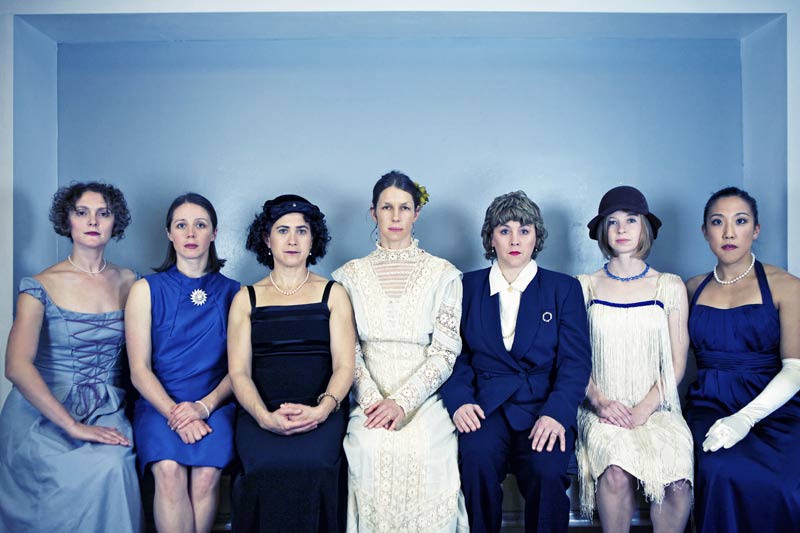 Photo: Pak Han
Photo: Pak Han
By Martha Ullman West
I’ve been spending a lot of time at Conduit since I moved to Portland’s South Park blocks – also known as the city’s “cultural district” – a month ago, happily walking a few blocks to see Top Shake Dance; the studio’s 17th anniversary benefit, where it was lovely to see some excerpts of Mary Oslund’s work; and, most recently, Thursday night’s opening of Bay Area choreographer Randee Paufve’s So I Married Abraham Lincoln …, subtitled A Dance about the Life of Mary Todd Lincoln and the American First Lady.
It’s a lovely piece, containing all the attributes of a really good novel: it makes you laugh and makes you cry and makes you think. Paufve, no stranger to Portland – she’s danced with Mary Oslund and Gregg Bielemeier and performed her own work here as well – has incorporated spoken text, a score that includes classical, folk and rock music, some of which the dancers sing, and her own space-devouring movement vocabulary into one of the best pieces of dance theater I’ve seen in many a moon.
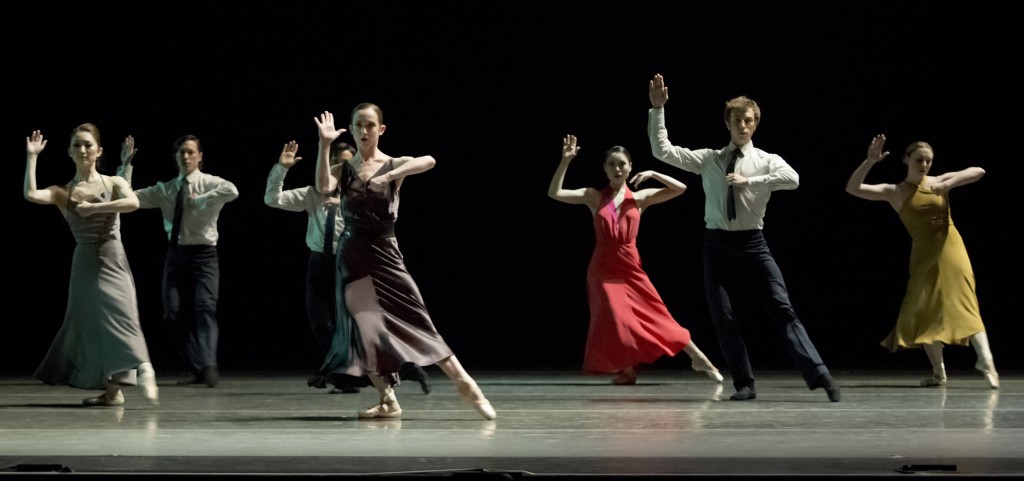
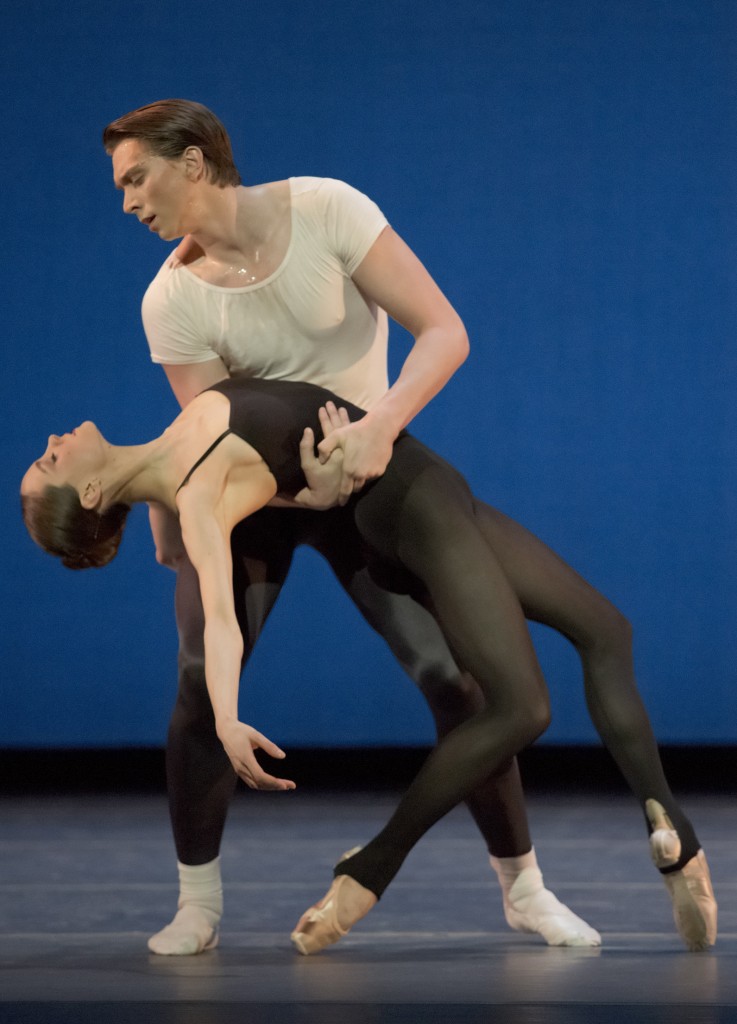 I had fully intended to leave the Newmark Theatre at the second intermission Friday night, having watched many companies (well, three) perform a ballet I don’t think really works. But I was curious to see how convincingly Iino and Chauncey Parsons would de-classicize themselves in Val Caniparoli’s blending of tribal dance and ballet. In movement that is antithetical to classical epaulement, Iino was terrific, Parsons had the right energy, and Yang Zou’s undulating shoulders looked like they’d been oiled at the joint.
I had fully intended to leave the Newmark Theatre at the second intermission Friday night, having watched many companies (well, three) perform a ballet I don’t think really works. But I was curious to see how convincingly Iino and Chauncey Parsons would de-classicize themselves in Val Caniparoli’s blending of tribal dance and ballet. In movement that is antithetical to classical epaulement, Iino was terrific, Parsons had the right energy, and Yang Zou’s undulating shoulders looked like they’d been oiled at the joint.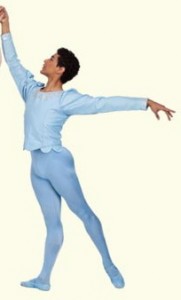 The evening began with a clean, musical performance of Balanchine’s Divertimento No. 15; Mozart’s gorgeous score, in a piano reduction, was played elegantly by David Saffert. As a curtain-raiser, Divertimento works well for professional companies, too: the solos of the Theme and Variations show off the skills of individual dancers, and the group sections – the opening Allegro and closing Allegro Molto – reveal a cohesive corps de ballet. Clearly, SOBT is training dancers to feed the company, men and women both. I was particularly taken by the dancing of Jordan Kindell, a company apprentice, in this and everything else in which he danced, as well as Chloe Shelby in the First Variation.
The evening began with a clean, musical performance of Balanchine’s Divertimento No. 15; Mozart’s gorgeous score, in a piano reduction, was played elegantly by David Saffert. As a curtain-raiser, Divertimento works well for professional companies, too: the solos of the Theme and Variations show off the skills of individual dancers, and the group sections – the opening Allegro and closing Allegro Molto – reveal a cohesive corps de ballet. Clearly, SOBT is training dancers to feed the company, men and women both. I was particularly taken by the dancing of Jordan Kindell, a company apprentice, in this and everything else in which he danced, as well as Chloe Shelby in the First Variation.
 A gathering at 2 p.m. Sunday, January 22, in the studios of Oregon Ballet Theatre (818 Southeast Sixth Avenue, Portland) will remember Mark Goldweber, who was company ballet master from 1988 until 1997, when he returned to the Joffrey Ballet, where he had been a dancer, to take up the same position. Goldweber, who was ballet master for Salt Lake City’s Ballet West when he died on December 9, was a superb dancer as well as ballet master. He set high standards for OBT that are still in place today.
A gathering at 2 p.m. Sunday, January 22, in the studios of Oregon Ballet Theatre (818 Southeast Sixth Avenue, Portland) will remember Mark Goldweber, who was company ballet master from 1988 until 1997, when he returned to the Joffrey Ballet, where he had been a dancer, to take up the same position. Goldweber, who was ballet master for Salt Lake City’s Ballet West when he died on December 9, was a superb dancer as well as ballet master. He set high standards for OBT that are still in place today.
 At least partly, that’s because he had a good press agent.
At least partly, that’s because he had a good press agent.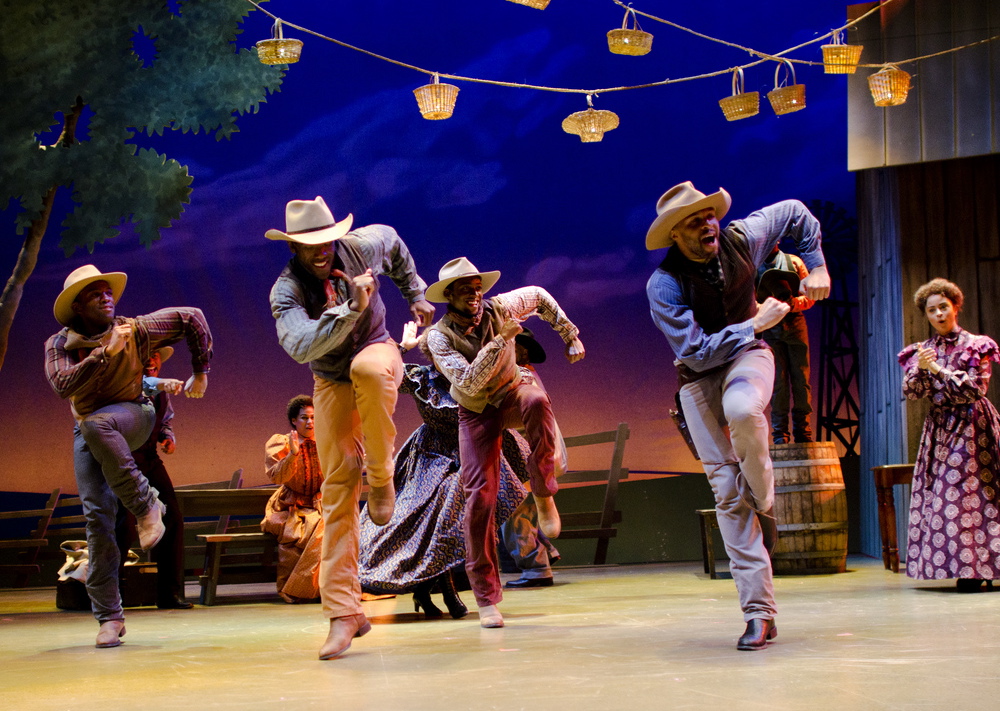 Patrick Weishampel
Patrick Weishampel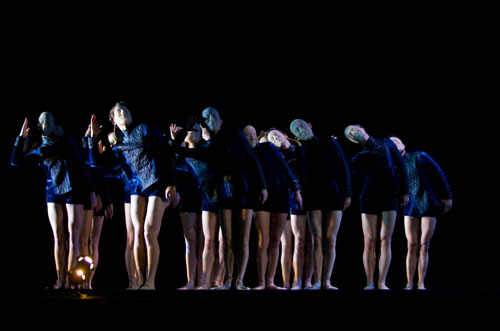 James McGrew
James McGrew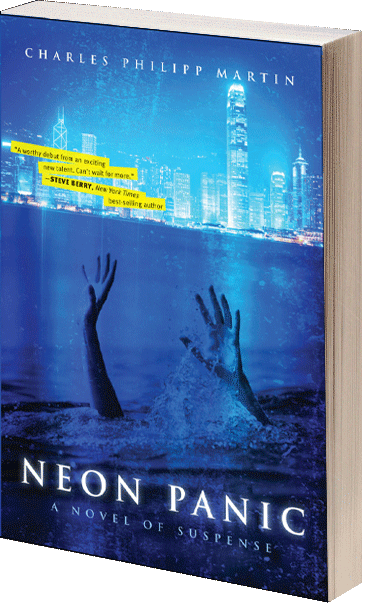 We sometimes had interesting vespers speakers on Sunday evenings, and in my junior year
We sometimes had interesting vespers speakers on Sunday evenings, and in my junior year